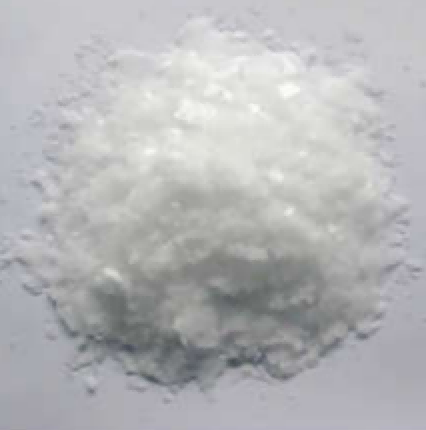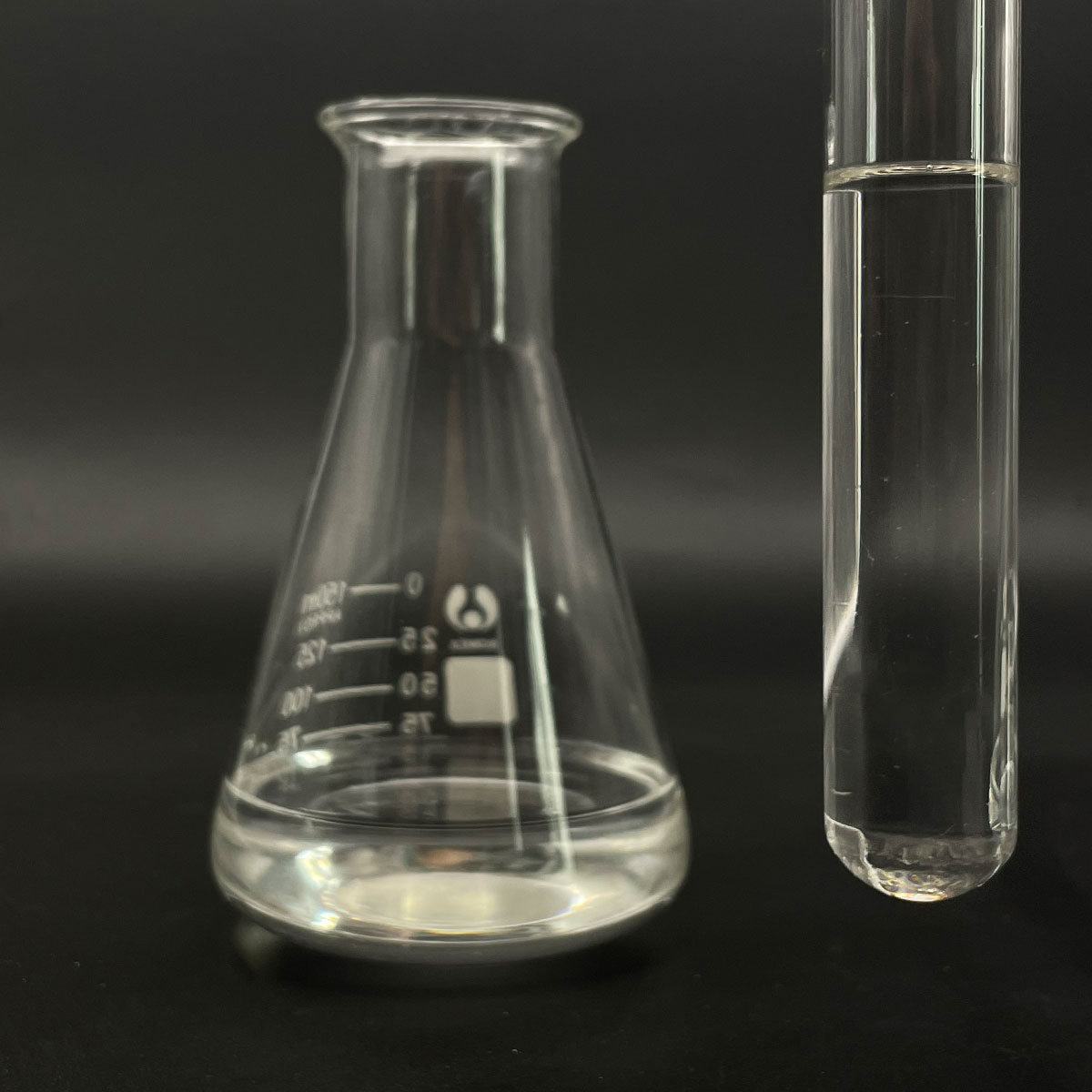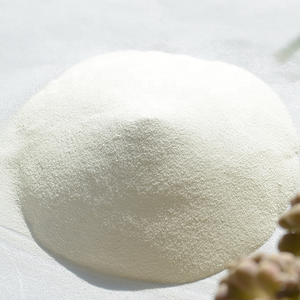1. Introduction
Picture this: you’re a farmer trying to kill stubborn weeds, and your herbicide just isn’t sticking. You’ve heard surfactants help, so you grab the nearest bottle labeled ‘sodium lauryl sulfate‘—maybe it’s from your shampoo stash or a bulk chemical supplier like Rohit Surfactants Private Limited. But hold on! Before you turn your Roundup into a bubble bath, let’s ask: can sodium lauryl sulfate actually work as a surfactant for herbicides?

Spoiler: Technically yes, but practically… maybe not. Let’s unpack why.
2. What Even Is a Surfactant?
First, the meaning of surfactant: it’s short for ‘surface-active agent.’ These molecules have a love-hate relationship with water—one end is hydrophilic (water-loving), the other hydrophobic (water-hating). This duality lets them reduce surface tension, helping liquids spread, stick, or penetrate surfaces. In agriculture, surfactants act as wetting agents for grass, ensuring herbicides coat leaves evenly instead of beading up and rolling off like rain on a duck’s back.
Common surfactant types include anionic (negatively charged, like sodium lauryl sulfate), cationic (positively charged, like cetyl trimethyl ammonium bromide), non-ionic (no charge, like polysorbate 80 or decyl glucoside), and amphoteric (switches charge based on pH, like cocamidopropyl betaine).
3. Sodium Lauryl Sulfate in the Lab vs. the Field
Sodium lauryl sulfate—also called sodium dodecyl sulfate, na lauryl sulfate, natrium lauryl sulfate, or sls sodium lauryl sulfate—is a classic anionic surfactant. It’s cheap, effective at foaming, and widely available. But herbicide performance isn’t about bubbles; it’s about leaf penetration, rainfastness, and compatibility with active ingredients.
Here’s the rub: SLS can be too harsh. Its strong anionic nature may react poorly with cationic herbicides or degrade quickly under UV light. Plus, it’s not optimized for plant cuticle penetration like purpose-built agrochemical surfactants.

4. Why Farmers Prefer Specialized Surfactants
In real-world weed-killing scenarios, professionals reach for surfactants designed for the job:
- Methylated seed oil (MSO): Enhances uptake of systemic herbicides like glyphosate.
- Alkyl polyglucoside and coco glucoside: Bio surfactants that are biodegradable and gentle on crops.
- Sodium lauryl ether sulfate (also called sodium lauryl ether sulphate or sls sodium laureth sulfate): Less irritating than SLS and more stable, though still not ideal for field use.
- Non-ionic surfactants like ethoxylated alcohol or pluronic 127: Offer excellent spreading without phytotoxicity.
Compare that to SLS, which might cause leaf burn or reduce herbicide efficacy. And don’t confuse it with sodium laureth sulfate (SLES)—a milder cousin often used in shampoos but still not formulated for agriculture.
5. The SLS Trap: When DIY Goes Wrong
Some gardeners try homemade mixes using SLS as a lawn wetting agent, thinking ‘if it lathers, it works.’ But lather ≠ performance. In fact, excessive foaming can clog spray nozzles and create drift issues.

Moreover, SLS isn’t the same as ammonium lauryl sulfate or sodium cocoyl isethionate—other anionic surfactants with different properties. And while sodium lauroyl sarcosinate or sodium coco sulfate might sound similar, they’re tailored for personal care, not pest control.
Even mixing SLS with other surfactants like cocamidopropyl (often listed as coco betaine or amidopropyl betaine) won’t magically make it suitable for herbicides. Compatibility matters—especially when dealing with anionic and cationic systems, which can neutralize each other.
6. When Might SLS Actually Work?
There are niche cases. In controlled lab settings or small-scale organic trials, diluted SLS has been used as a surfactant for weed killer formulations—especially when paired with bio surfactants like sodium oleate or lignin sulfonate. But these are exceptions, not best practices.
Also, if you’re sourcing sodium lauryl sulfate for sale from a chemical supplier, ensure it’s technical grade, not cosmetic. Impurities in consumer-grade SLS (like fragrances or preservatives) can interfere with herbicide chemistry.
7. The Verdict: Stick to Purpose-Built Agrochemical Surfactants
So, can sodium lauryl sulfate be used as a surfactant for herbicides? Yes—but should you? Probably not. It’s like using a sports car to plow a field: flashy, but inefficient and potentially damaging.
For reliable results, opt for surfactants explicitly labeled for agricultural use. Look for terms like ‘surfactant for herbicides,’ ‘nonionic surfactant,’ or ‘wetting agent for grass.’ Products based on alkyl polyglucoside, MSO, or ethoxylated alcohols are far more effective and crop-safe.
8. Conclusion
Sodium lauryl sulfate is a surfactant superstar in shampoos, soaps, and toothpastes—but in the world of herbicides, it’s more of a benchwarmer. While it technically reduces surface tension, its formulation isn’t suited for the complex demands of modern agriculture. Save the SLS for your morning shower, and leave the weed-killing to surfactants that were born for the field.
Our Website founded on October 17, 2012, is a high-tech enterprise committed to the research and development, production, processing, sales and technical services of ceramic relative materials such as Can. Our products includes but not limited to Boron Carbide Ceramic Products, Boron Nitride Ceramic Products, Silicon Carbide Ceramic Products, Silicon Nitride Ceramic Products, Zirconium Dioxide Ceramic Products, etc. If you are interested, please feel free to contact us.


